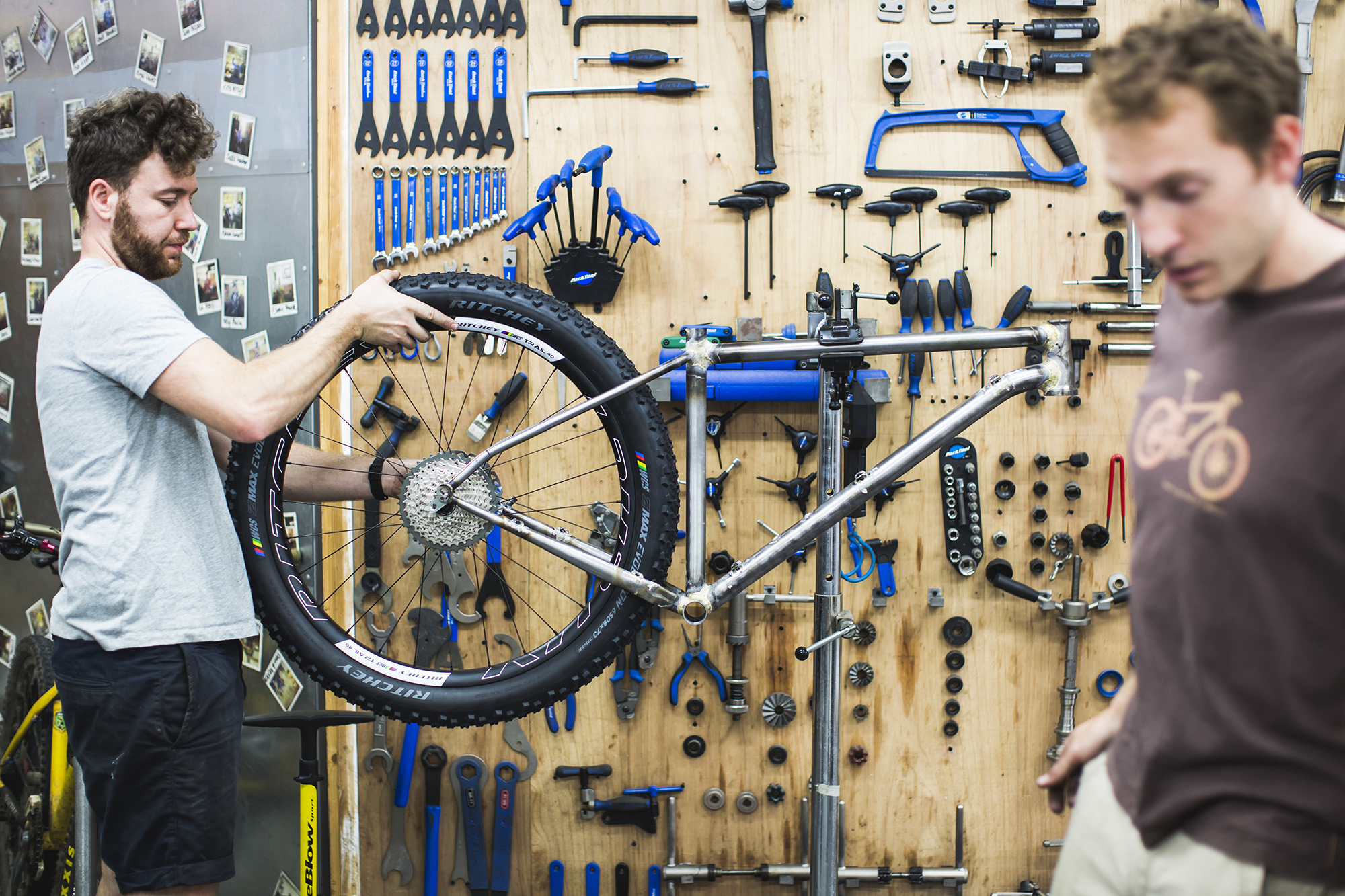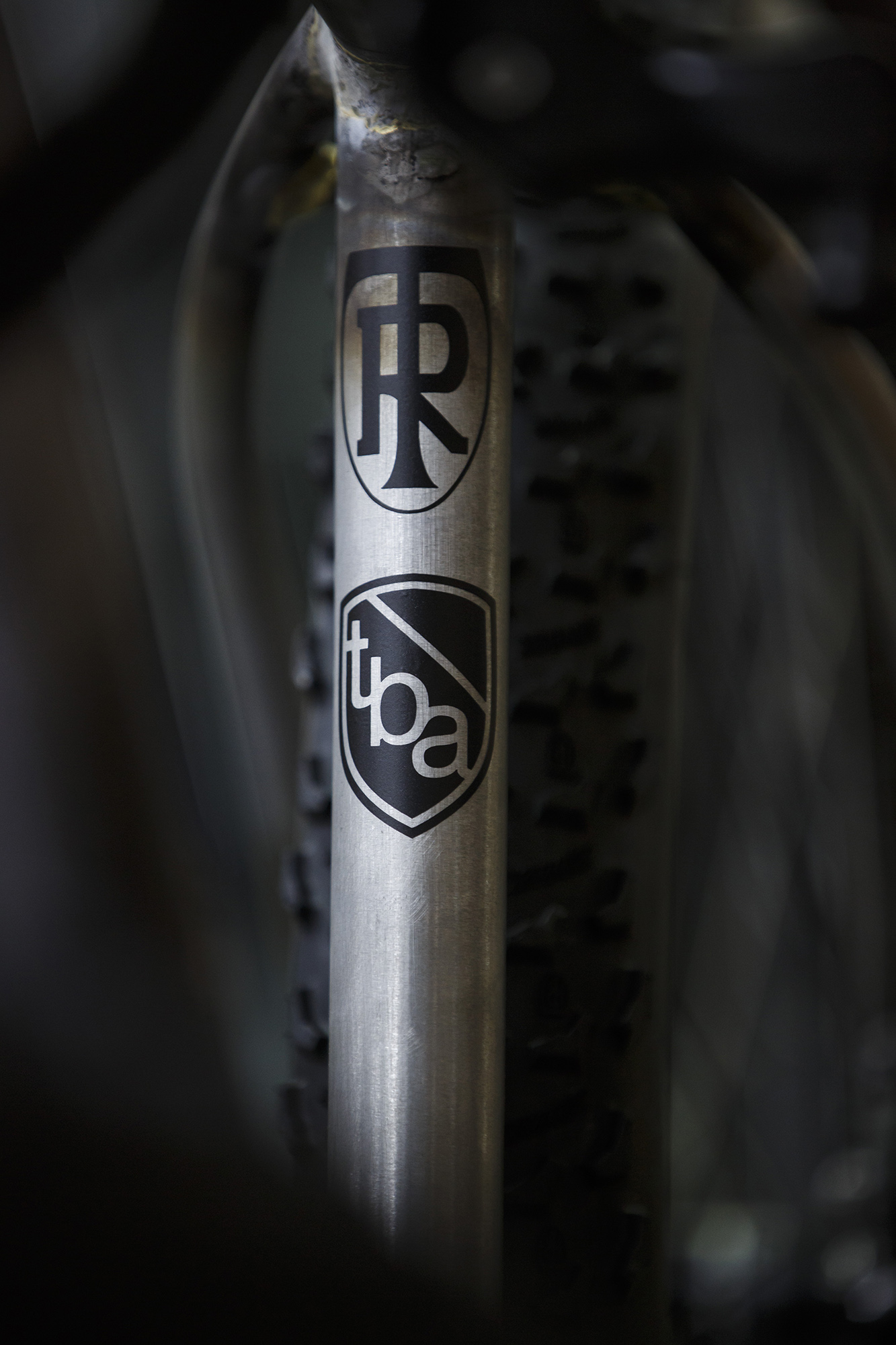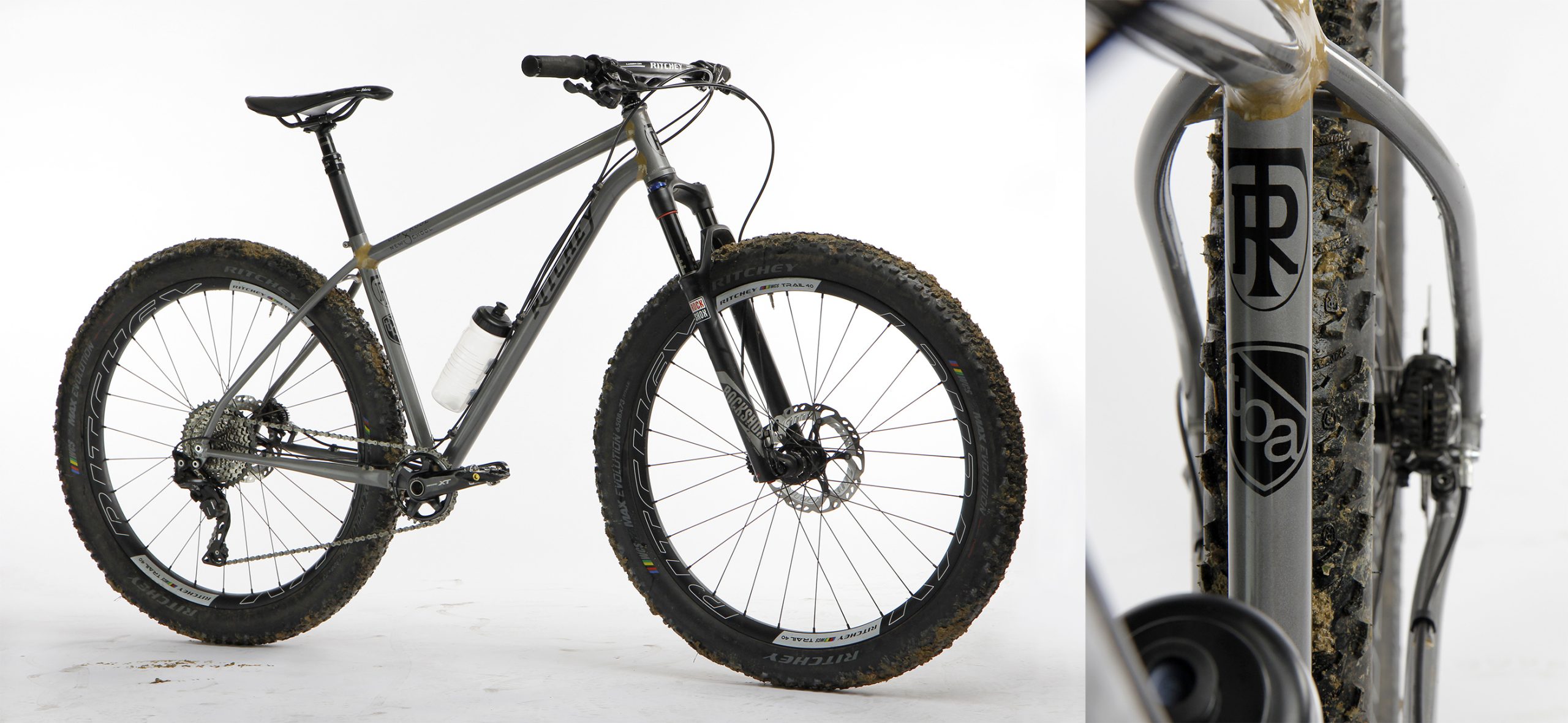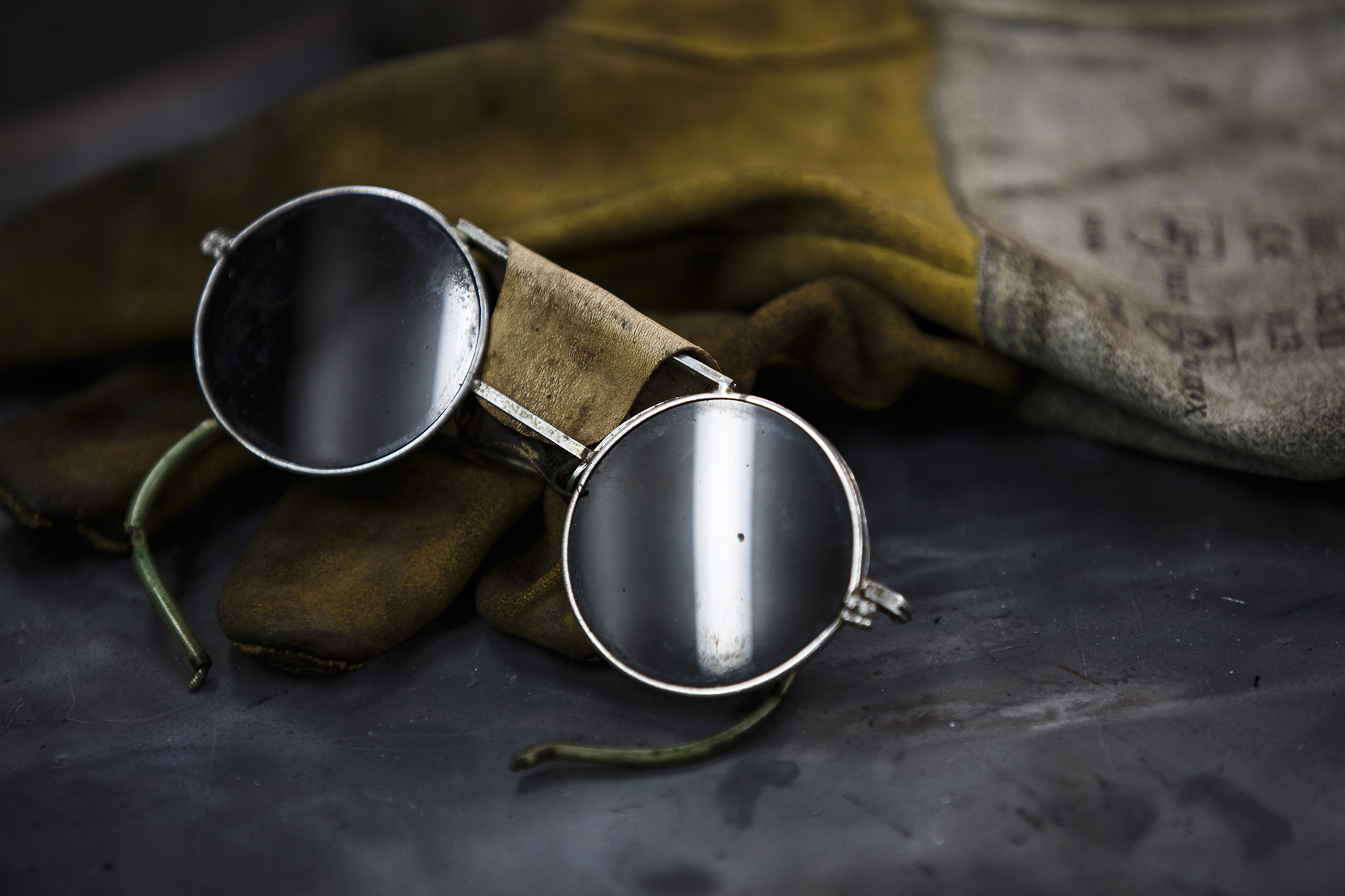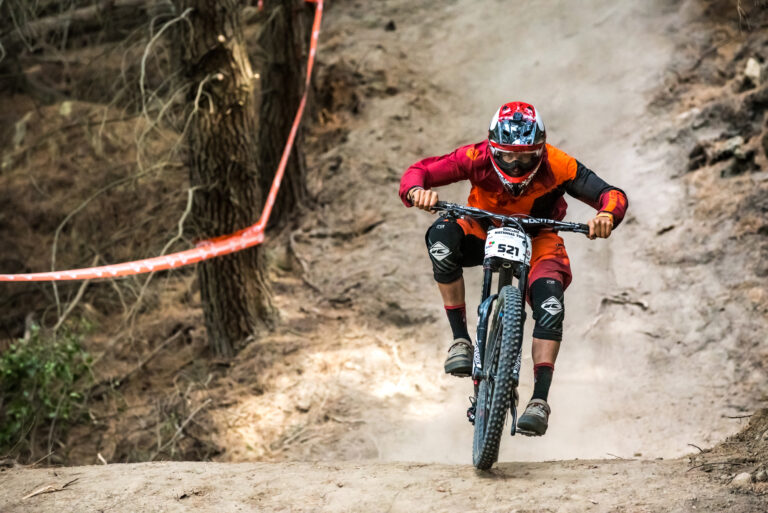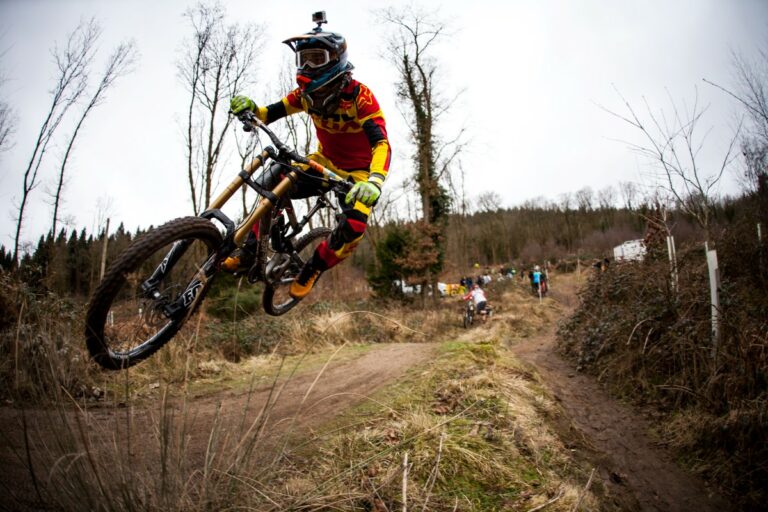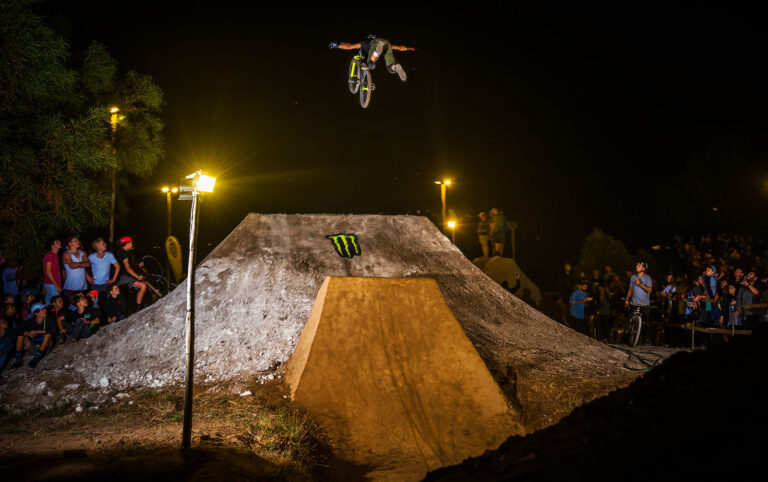When the Old Skool meets the New School. Legend Tom Ritchey and The Bicycle Academy.
Words: Mike Rose
Photos: Adam Gasson (event), James Hoppe (bike studio shots)
Video: Alex Rankin
This was my first visit to The Bicycle Academy (TBA), and it didn’t disappoint, it was everything I had hoped it would be. It literally was the coolest workshop you could imagine. Walking in through the doors, at first glance there was just too much to take in. There was the smell, a combination of metal, gas, concrete and grease, but that may have just been my imagination playing tricks on me. There were bits of steel, vices, files, hammers, cycling posters, bike frames, half completed projects, photos, cool ‘shit’, helmets, toys… just stuff… good stuff, and it was everywhere. It felt like I was walking into some kind of secret world, but in reality this place is open to all.
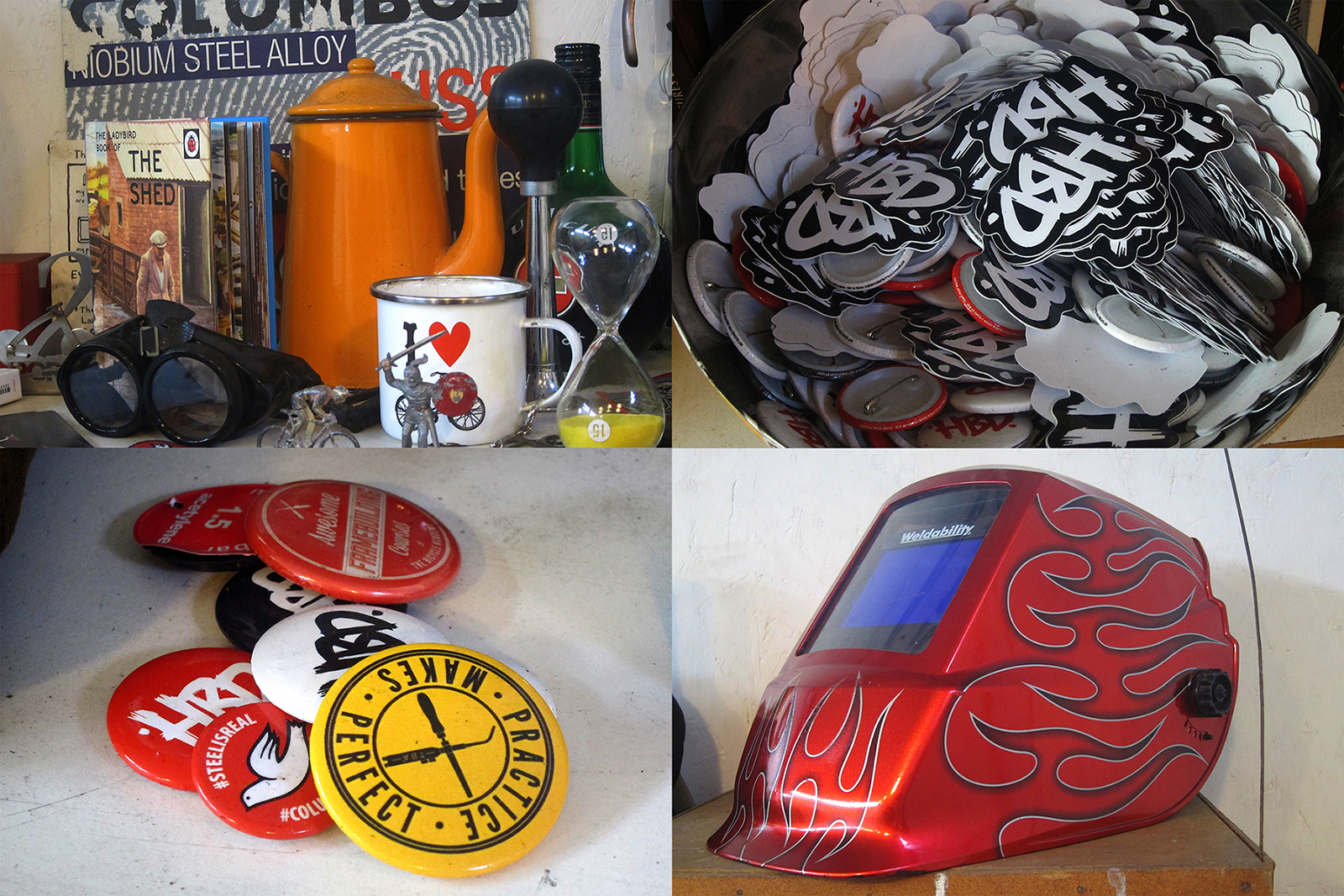
Steel benches stood next to pairs of gas tanks (Oxy and Acetylene… of course) brooding and torpedo–like… “these could blow the roof off the place” I thought to myself. Randomly dressed people were hunched over flaming blue torches. Some in ‘dudes’ shades, others in the more customary welder’s glasses. And it wasn’t all boiler suits and steel toecaps – more like shorts, T-shirts and Vans. I’m sure that H&S would have had a field day, but it all seem very much above board (it is).

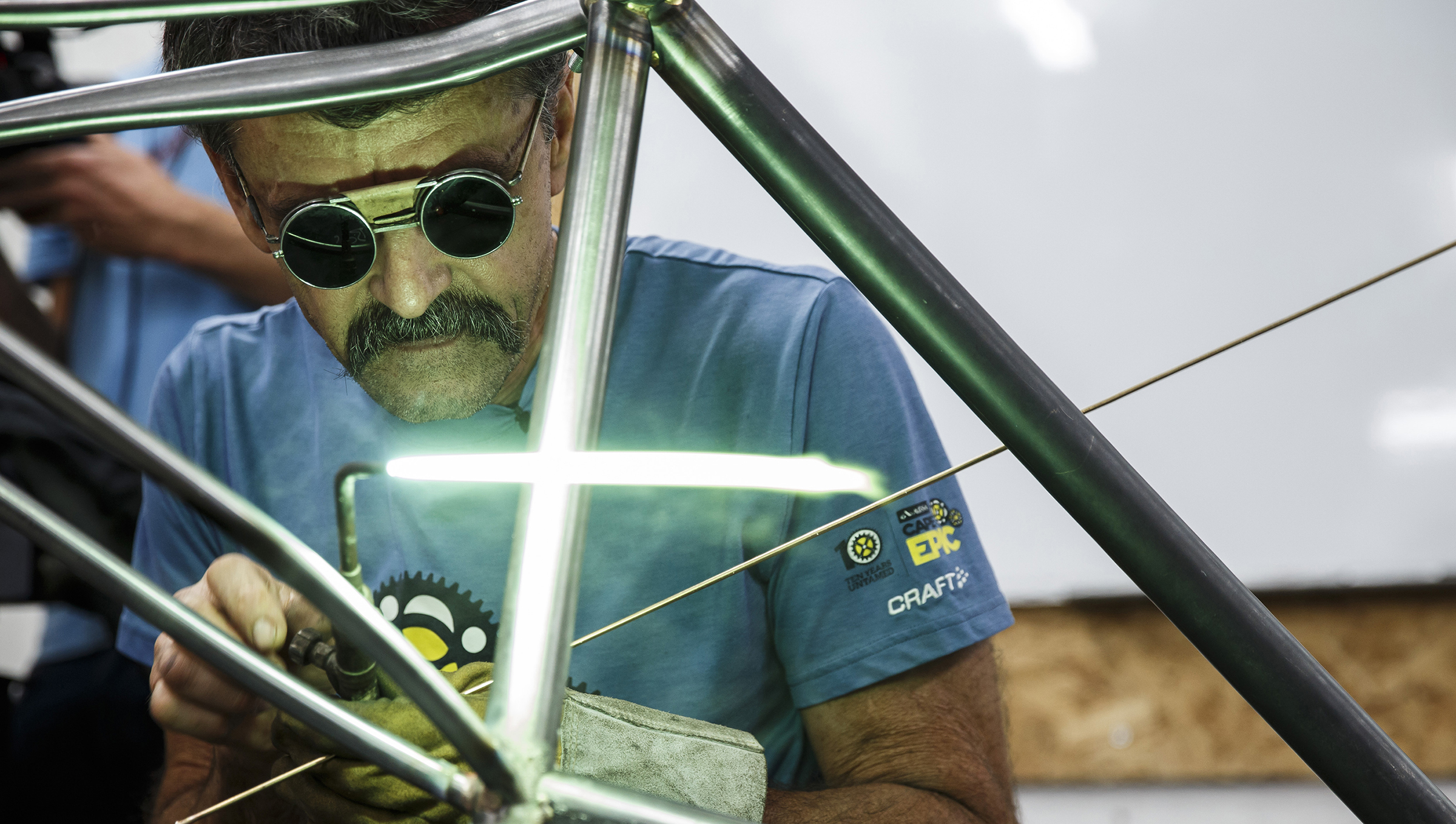


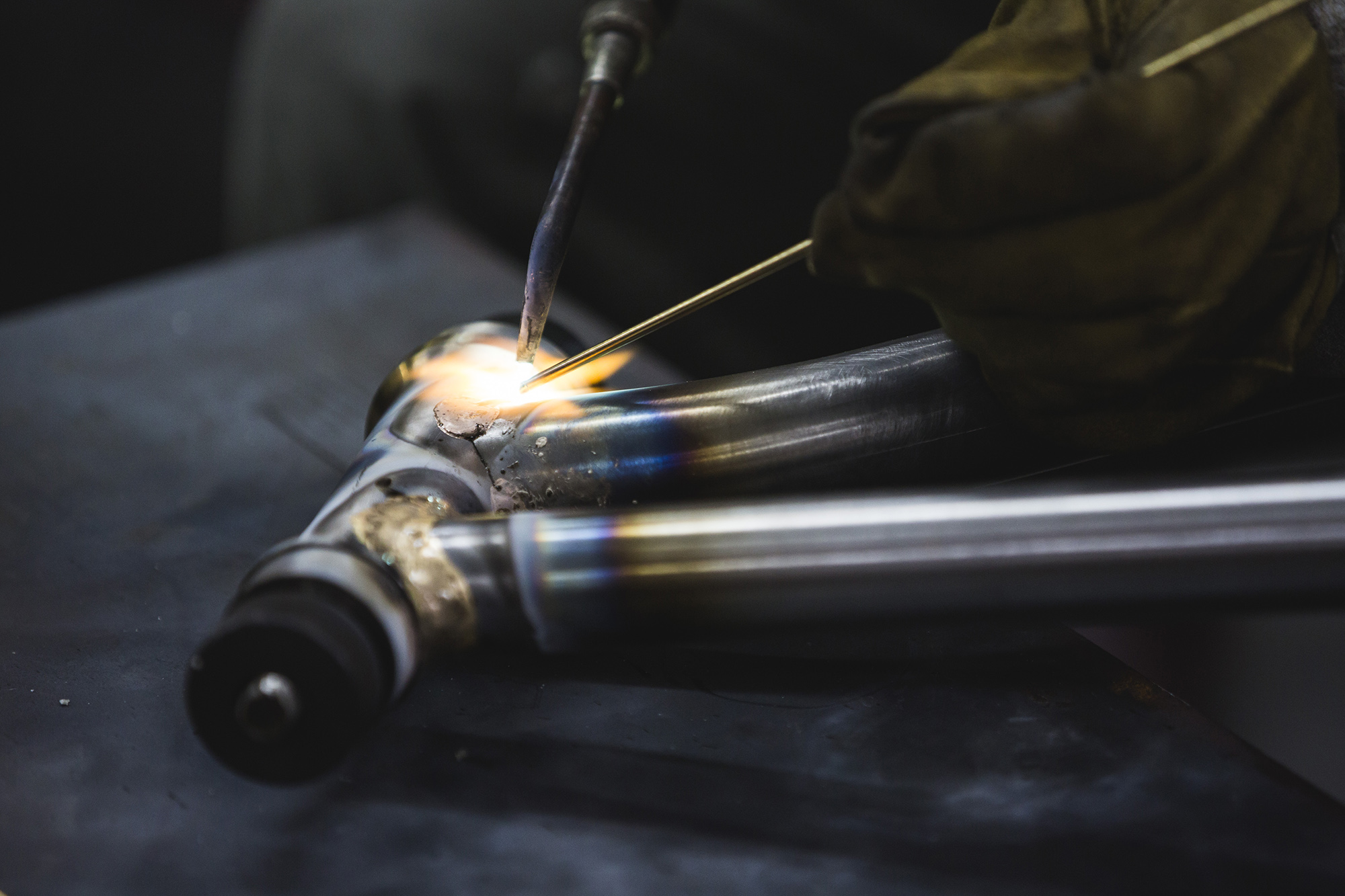

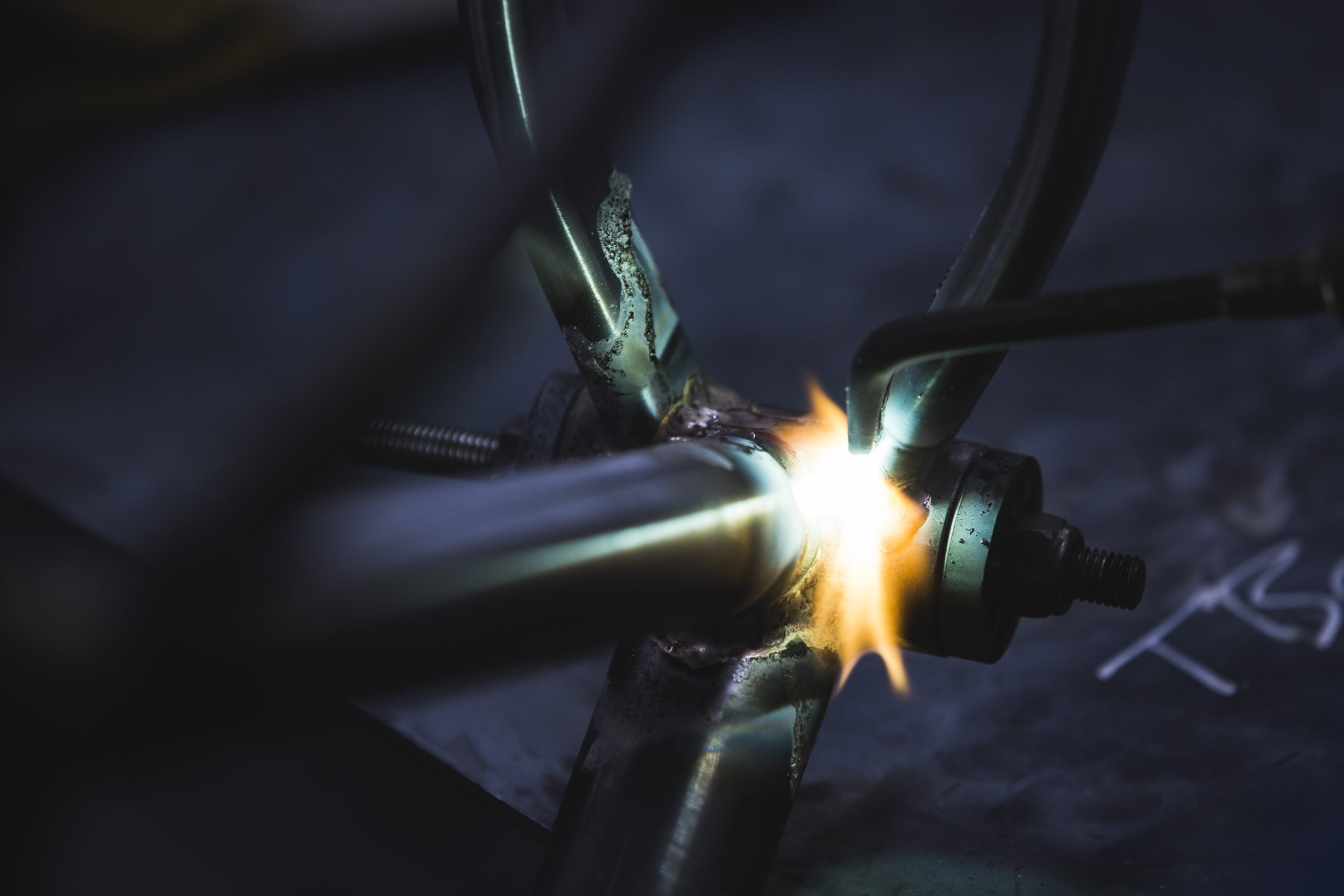
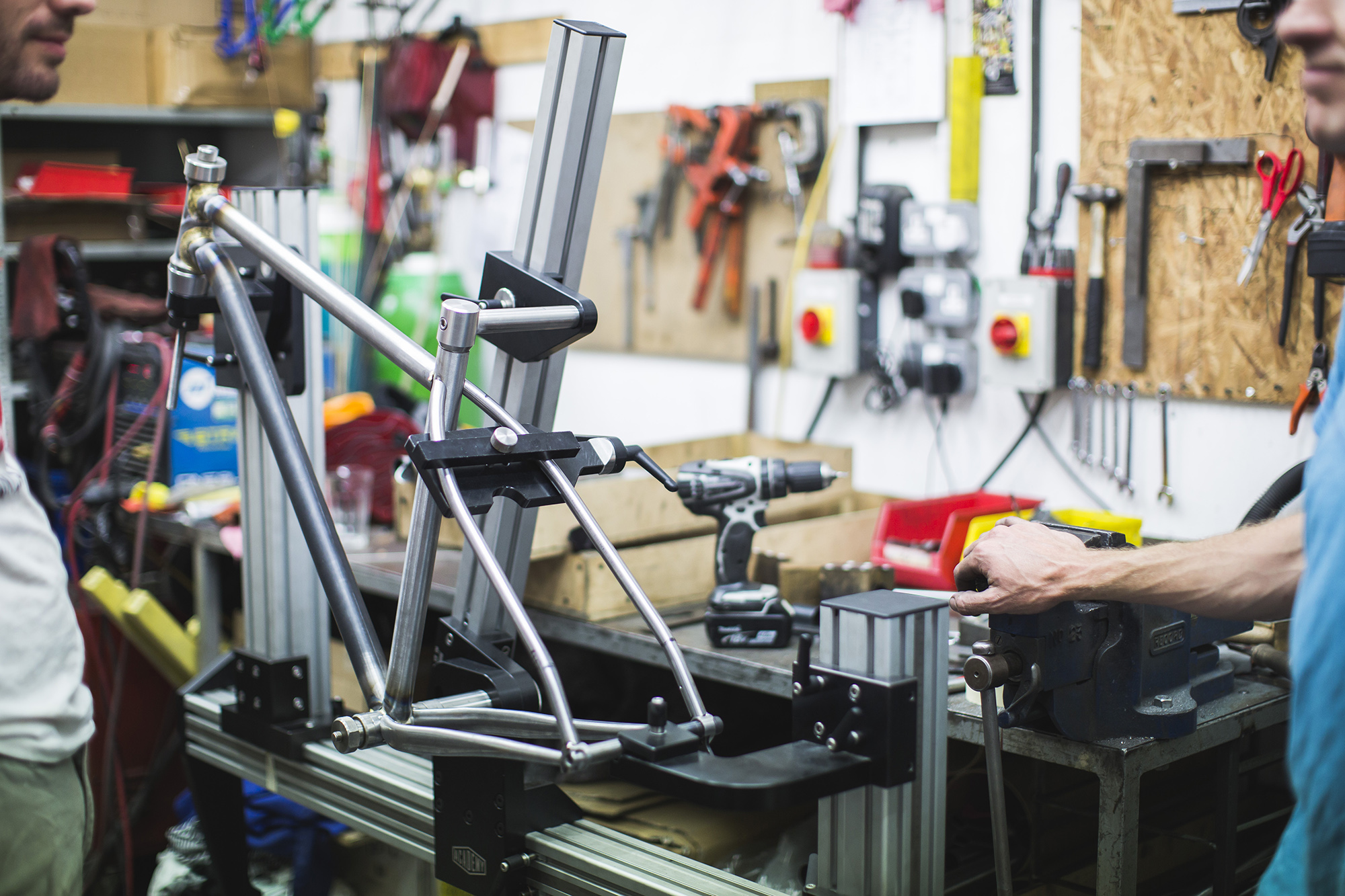

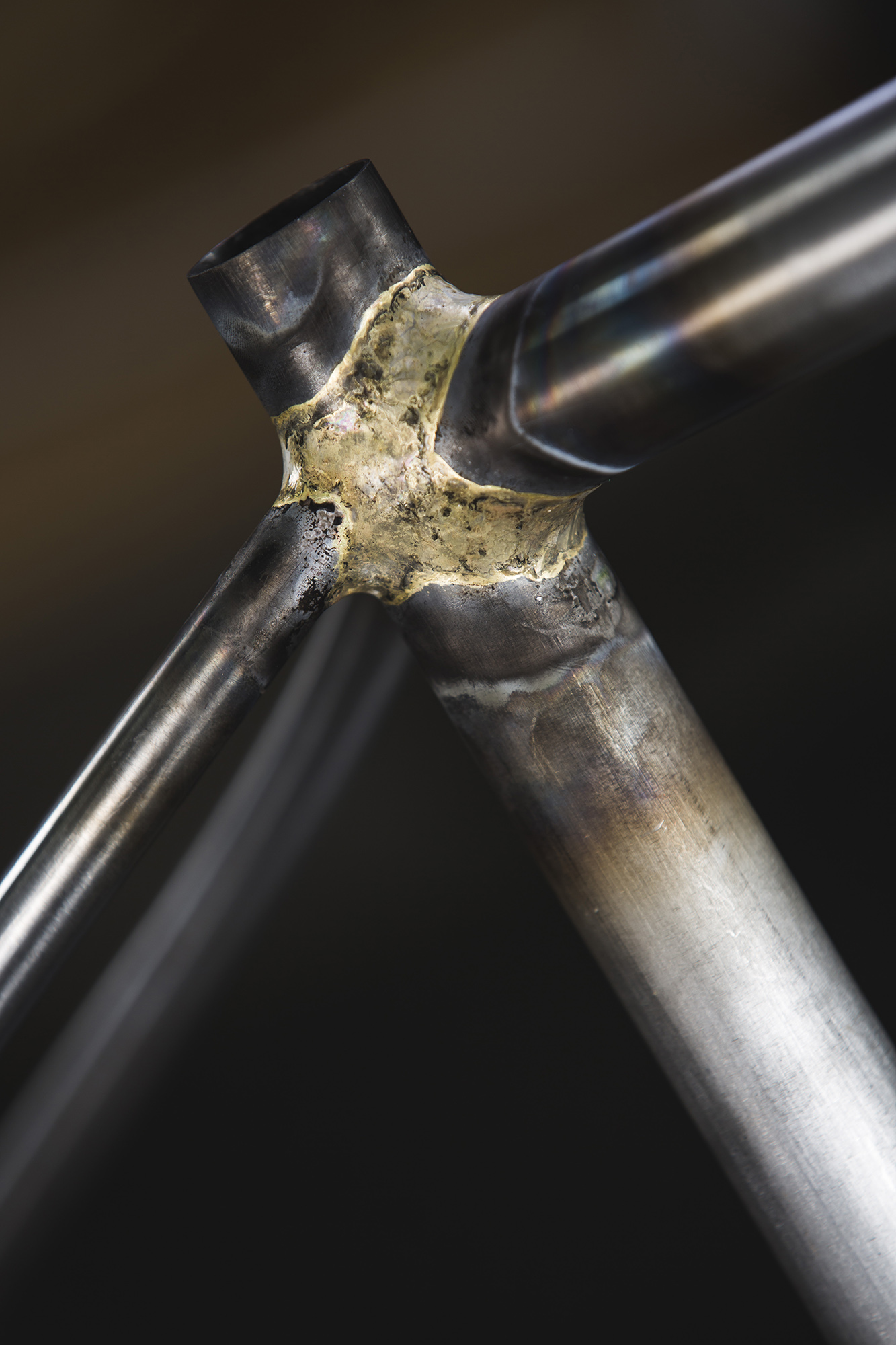
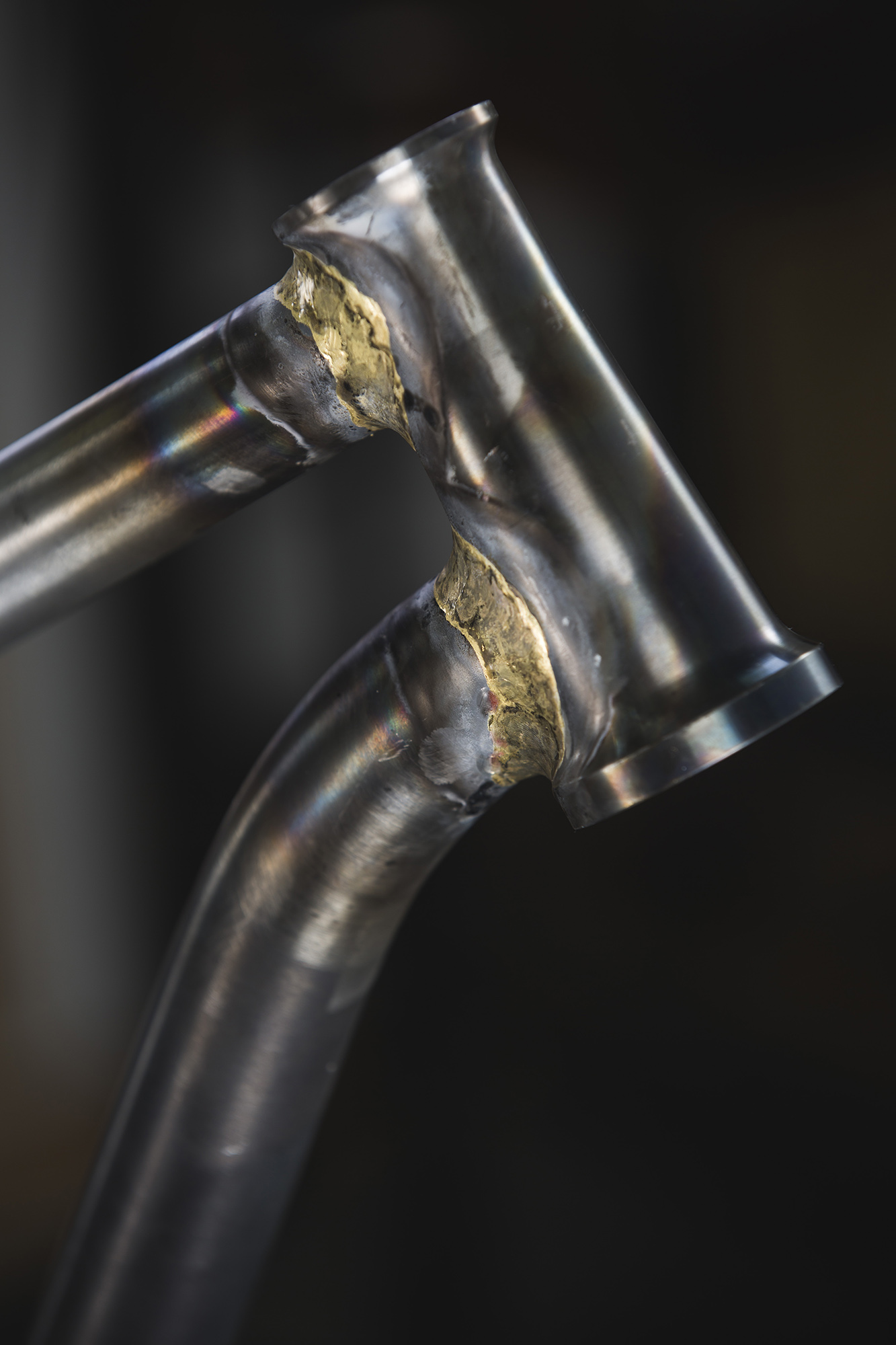

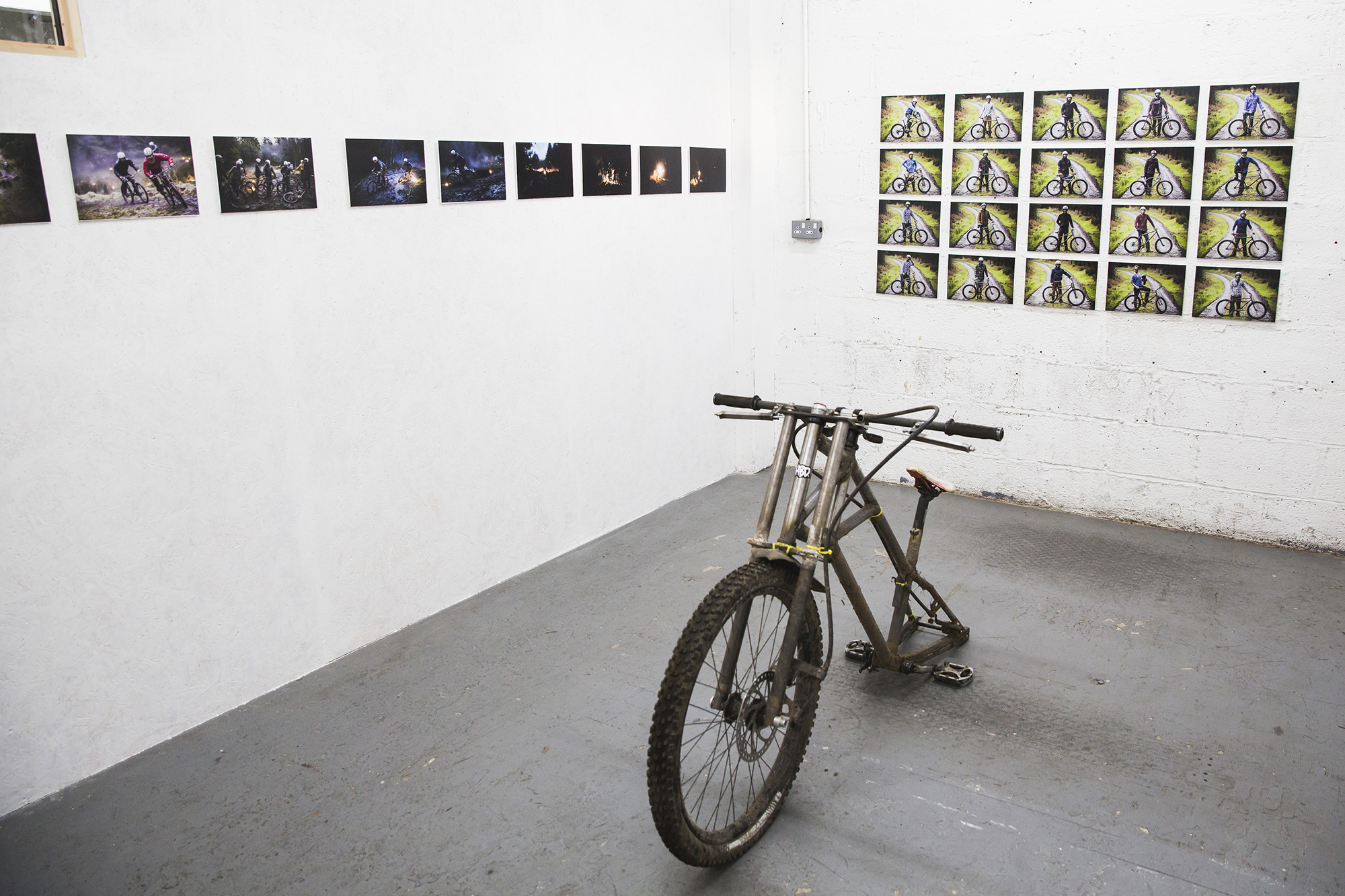 As things in the workshop were moved around chain and seat stays were joined to dropouts on the collab bike. The frame was growing around us. It felt like they were cutting it a bit fine, but nobody seemed to be too stressed about it.
As things in the workshop were moved around chain and seat stays were joined to dropouts on the collab bike. The frame was growing around us. It felt like they were cutting it a bit fine, but nobody seemed to be too stressed about it.


